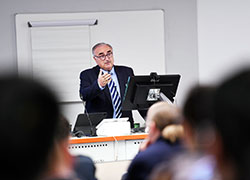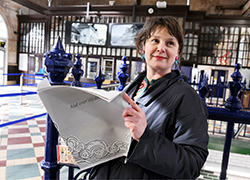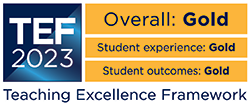Here come the IT girls
North East teenage girls discovered there is more to computing than games and gigabytes at a Teesside University event.
The Girls and Gadgets computing conference saw around 110 teenage girls, aged from 14 to 16, take part in an event designed to offer girls hands-on computing experience.
The girls heard from inspirational speakers and took part in a range of activities designed to help them understand both the creative and technical skills involved in computing.
They got involved in a variety of sessions including: >looking at computer networks and how we use them to communicate >how technology is used in magazines to manipulate images >e-journalism, where the girls interviewed conference guests then used their stories to create website content.
It’s the fourth time the University has hosted the conference, which offers the girls an opportunity to discover more about the vast array of careers in computing.
Among girls who took part were 13-year-olds Daniella Richardson and Shauna Smart, from Oakfields School in Middlesbrough.
Very few women working in IT Danniella said: 'It’s been really interesting listening to the different talks and finding out that there are very few women working in IT.'
One of the sessions which the girls took part in was Cover Girl, which focused on how images are manipulated for use in magazines by smoothing out skin tone and changing body shape.
Shauna said: 'It really makes you realise that what you see in magazines is not always real.'
The girls visited the University from schools across the Tees Valley, Durham and Northumberland areas.
Alison Brown, Senior Lecturer in Computing at the University, said: 'Although teenage girls are now using computers and the internet at rates similar to their male peers, they are ten times less likely to consider a technology related career.
'We hope to change this trend and to encourage more girls to consider a computer based career, whether in networks, animation, web development, mobile phone software or games development.'
Alison points to recent figures from the computer games industry which reveal only 4% of people employed in the games industry are women.
She added: 'There is still a significant imbalance in the numbers of women working in the field of computing, and businesses are keen to engage more women in the industry.'
 Teesside University hosts groundbreaking hydrogen conference
Teesside University hosts groundbreaking hydrogen conference University supporting development of new £1m concrete plant
University supporting development of new £1m concrete plant Academic’s artwork on display at Middlesbrough station
Academic’s artwork on display at Middlesbrough station